List of Authors
>>About this blog
Recent blog post
|
[Minato kid]
May 28, 2018 14:00
A lot of flowers are planted on the promenade of the Sumida River Terrace. These flowers are taken care of by local town councils and volunteers. The Tokyo Metropolitan Park Association calls this activity "Hanamori-san" and supports it in providing seedlings and technical training.
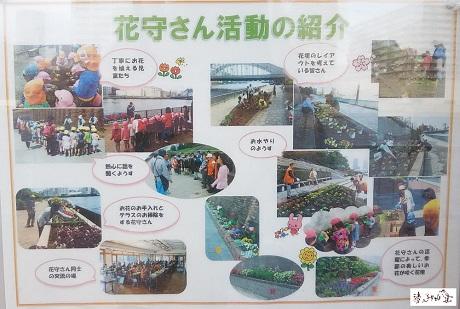
♪ From the "Waterside Terrace Information Bulletin Board" installed on Sumida River Terrace
Today, I would like to walk about 800m promenade up to Minato, Akashicho and Tsukiji 7-chome. Pass through Tsukuda-ohashi Bridge, look up at St. Luke's Tower, and cross the Tokyo Mizube Line (starting and landing in front of Akashicho and St. Luke's Garden), wave your hand on a pleasure boat going through the Sumida River, and eventually meet Kachidokibashi. Here, cute flowers from five groups welcomed passers-by.
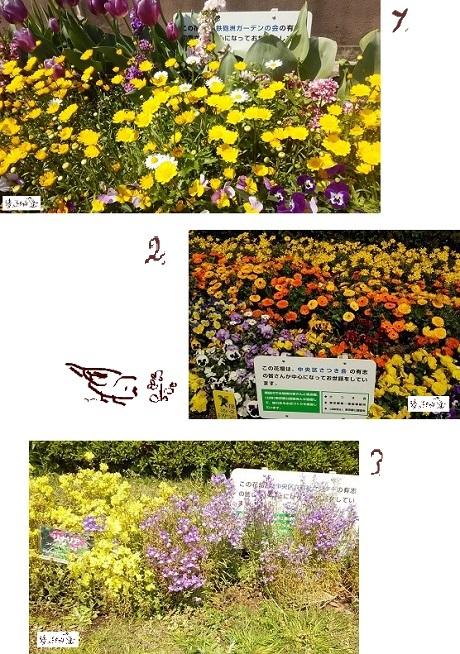
♪Members of the Gunpow Garden Association (1)
♪Members of the Chuo-ku Satsuki-kai (2)
♪Everyone at Chuo Ward Welfare Center (3)
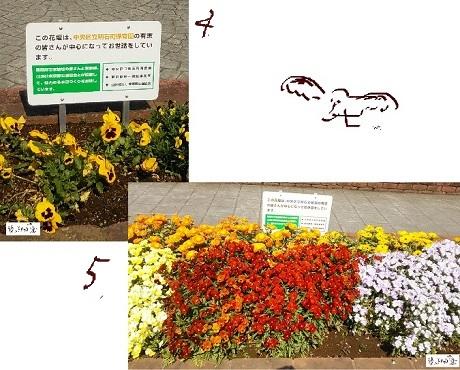
♪Everyone at Tatemei Kokumachi Nursery School in Chuo-ku (4)
♪Everyone at Akashi Kindergarten, Chuo-ku (5)
From the cold days when the cherry blossoms had not yet bloomed, the flowers of Hanamori-san were coloring the terrace. In early spring, tulips are at their best, and now it is time to replant. The flowers are beautifully arranged at any time. I'm sure you visit the flowers every day and take care of them. I think it's hard to take care of you, but I'm grateful to Mr. Hanamori.
♪ What kind of flowers will you meet next time, I'm looking forward to it!
Chuo-ku Tourism correspondent Minatokko-chan

No. 13 May 23, 2018
[Silver]
May 28, 2018 14:00
Daidenma Honmachi Hon-dori is the old Nikko and Oshu Highway. From Meibashi / Nihonbashi, turn right at the YUITO building.
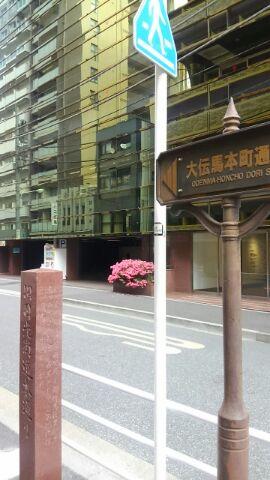
The monument in this explanation was located in the corner of the parking lot opposite Edoya, but was relocated facing the street.
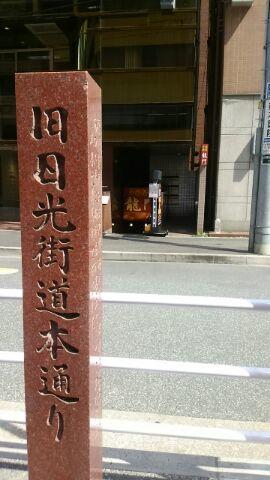
You can hear the voice of the bustle of the street, such as a cotton shop.
When you go to the surrounding Takarada Ebisu Inari Shrine, Kodemmacho prison ruins (prison ruins), Sugimori Shrine, etc., we recommend shopping at a long-established store nearby.
Purchase of Japanese paper products at Ozu Washi, http://www.ozuwashi.net/
Shop for brushes and brushes at Edoya, http://www.nihonbashi-edoya.co.jp/
Sen Ibasen, http://www.ibasen.co.jp/sensu.html (Japanese only)
Please drop in when you go there.
As a restaurant, "Nihonbashi Funa Kotobukishi" is also nearby, where you can enjoy delicious sushi. http://www.funazushi.info/
And enjoy a long-established tour of Japanese sweets. Click here for information on Japanese sweets shops in Chuo-ku.
http://www.wagashi.or.jp/tokyo_link/area/chuo.htm
[Slow of Satsuki's Koi]
May 28, 2018 12:00
Kachidokibashi is one of the bridges that have been designated as national important cultural properties. It was a bridge in 1940.
Looking at the whole view from the Kachidoki side, it looks like a picture.
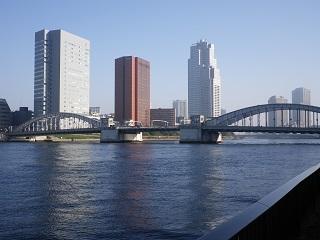
The right side of the three tall buildings is the St. Luke's Tower, which used to be open the observation floor and enjoy the view, but now it is closed. By the way, St. Luke seems to be the correct way to read "Seiruka" (the topic was on a TV program a few days ago) I pronounced "Seiroka".
Returning to Kachidokibashi, the central part of this bridge jumped into the shape of "C" and a large ship passed.
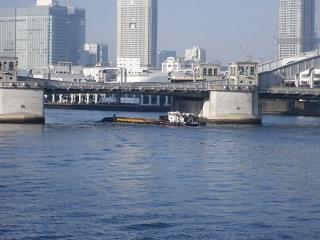
The Sumida River Terrace on the Kachidoki side can walk under the bridge, and you can see that you use a lot of rivets like this era when you look at the bridge from below.
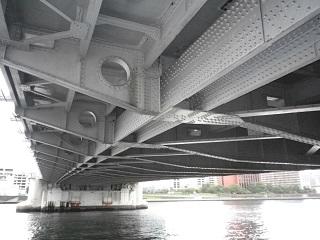
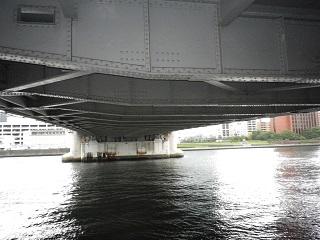
When the counter weight of the bouncing part can be seen under the bridge.
I've heard it before, but from here I don't know if it's still there.
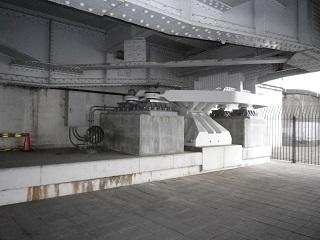
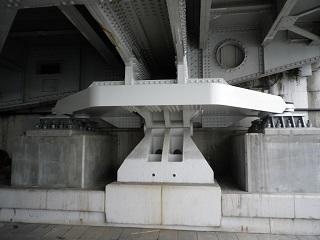
<<<<<<<<Reinforcement part can be seen with paint at a glance. >>>>
I don't usually see much, but it is well maintained without rust.
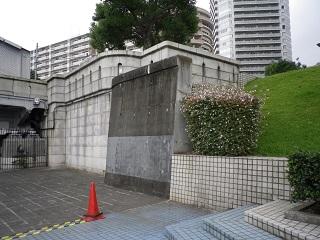
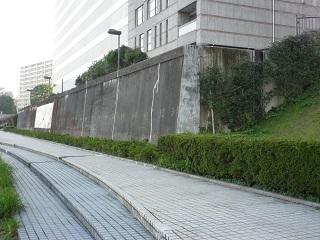
You can see the part that was previously called razor dike.
Passing under Kachidokibashi, you will find the Tsukishima River Suimon, which goes out to the general road and detours.
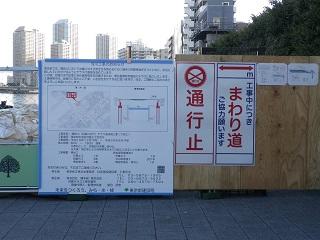
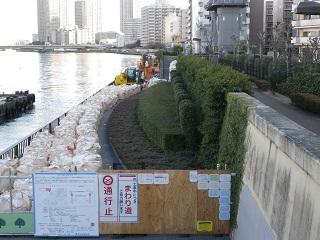
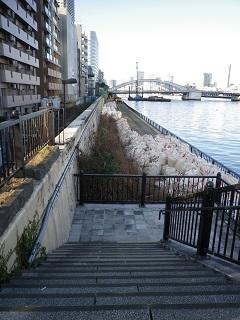
It is now under construction and is scheduled to be completed in May, so by the time this article will be published.
I think it's finished. There is a guide when a pedestrian bridge is installed.
There seems to be no need to detour in June.
Going further and looking back near Tsukuda-ohashi Bridge, Kachidokibashi overlaps with Tsukiji Ohashi behind.
It looks like a triple arch bridge.
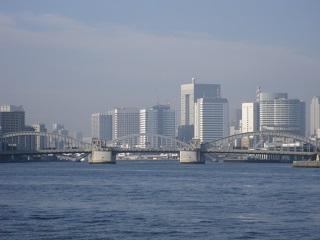
Tsukiji Ohashi is not in service yet, so Kachidokibashi is the first bridge on the Sumida River.
[Sam]
May 28, 2018 09:00
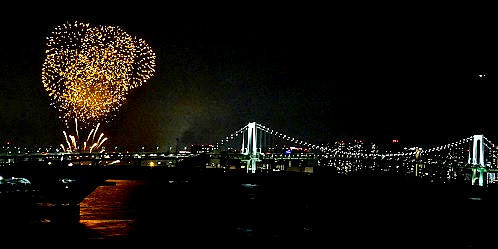 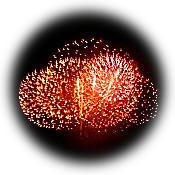 On May 26, the future-type fireworks entertainment "STAR ISLAND 2018" was held at Odaiba Kaihinkoen, following last year's first event. On May 26, the future-type fireworks entertainment "STAR ISLAND 2018" was held at Odaiba Kaihinkoen, following last year's first event.
An entertainment that combines "fireworks" and state-of-the-art technology "3D sound", "lighting" and "showing performance", which are developed in a superb location overlooking the skyscrapers of Tokyo.
At the venue, "LIMITED STAR SEAT-PREMIUM PAIR-" can be enjoyed elegantly in pairs, "LIMITED STAR SEAT-GROUP-" can be enjoyed by up to 6 people, "LIMITED STAR SEAT-DIN type-" that can be enjoyed while enjoying dinner, etc. 1. It is a new "early summer tradition" that replaces the "Tokyo Bay Fireworks Festival" from Harumi Ohashi over Toyosu Ohashi.
[Dimini ☆ Cricket]
May 27, 2018 18:00
I met  a book that clearly shows the history of "River and Digging" in Chuo-ku a book that clearly shows the history of "River and Digging" in Chuo-ku
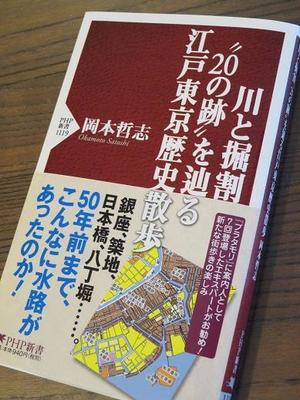
It is an Edo-Tokyo Historical Walk that follows the "River and Digging" 20 Remains "of PHP Shinsho"
The author is Tetsushi Okamoto, a book published in November last year.
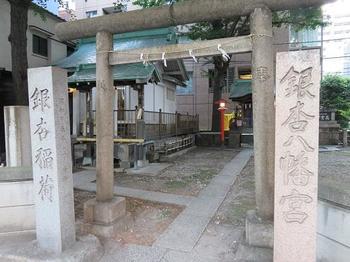
 Ginkgo Hachimangu Shrine, Ginkgo Inari Shrine Ginkgo Hachimangu Shrine, Ginkgo Inari Shrine  (1-7-7 Kakigaracho, Nihonbashi, formerly surrounded by Doibori and Tokanbori) (page 71) (1-7-7 Kakigaracho, Nihonbashi, formerly surrounded by Doibori and Tokanbori) (page 71)
There is "Edo Tokyo History Walk", but when it comes to "tracing the river and digging", the content is almost in Chuo-ku.
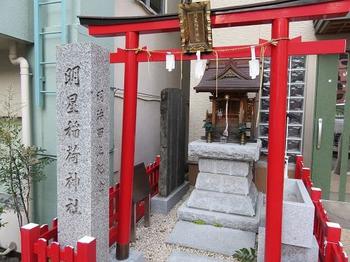
 Venus Inari Shrine Venus Inari Shrine  (4-9 Nihonbashi Koamicho, the former Inaribori and the approach to the approach) (page 73) (4-9 Nihonbashi Koamicho, the former Inaribori and the approach to the approach) (page 73)
Because it was almost in Chuo-ku, it was very interesting and interesting, and I read it out quickly in a row of scales from my eyes.

 Kibikicho Nakadori Kibikicho Nakadori  (near the former Sanjuma Horikawa) (page 80) (near the former Sanjuma Horikawa) (page 80)
Ginza, Tsukiji, Nihonbashi, Hatchobori, Ningyocho ... Even after the Meiji era, even after the end of Pacific War, Chuo-ku was "the Oriental Venice" where rivers and digging were surrounded vertically and horizontally.
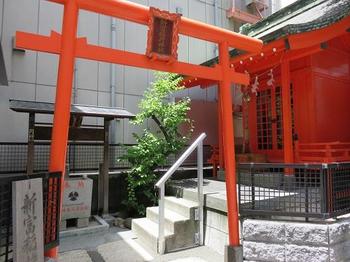
 Shintomi Inari Shrine Shintomi Inari Shrine  (2-9-4 Shintomi, near the former Irifune River) (page 96) (2-9-4 Shintomi, near the former Irifune River) (page 96)
In addition to rivers and digging, the history of the town, the origin of the street, the auspiciousness of shrines and temples, etc. are told along with abundant old maps and old photographs.
It is easy to understand the contrast between old photos and current photos taken from the same angle. 
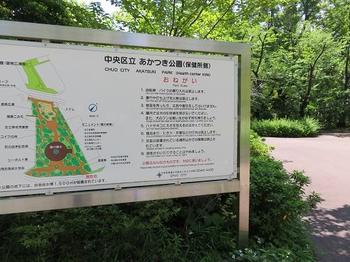
 Municipal Akatsuki Park Municipal Akatsuki Park  (7-19-1 Tsukiji, where there was once a triangular Akashibori) (page 113) (7-19-1 Tsukiji, where there was once a triangular Akashibori) (page 113)
There is also a detailed "town walk guide" from the nearest stations and exits of Tokyo Metro and Toei Subway, which can be used  as a walk. as a walk.
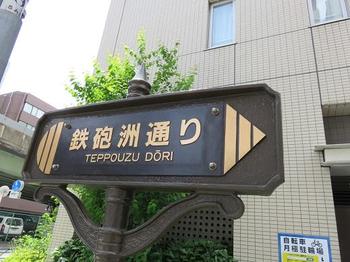
 Tepposu-dori Tepposu-dori  (where the gunpowder was once flowing) (page 113) (where the gunpowder was once flowing) (page 113)
I think that it may be enough  to be a supplementary reader for the next Chuo-ku sightseeing test (only a personal opinion) to be a supplementary reader for the next Chuo-ku sightseeing test (only a personal opinion)
I recommend reading it. it.
     
[Dimini ☆ Cricket]
May 26, 2018 12:00
The loquat fruit is growing on the loquat tree on Ginza Yanagi-dori St., which I introduced last year.
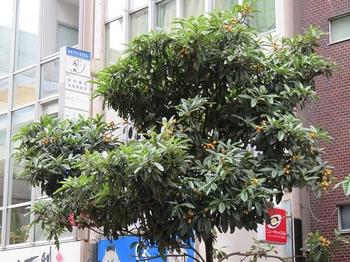
When it comes to loquat trees, there are also Tsukiji River Park and Shin-ohashi-dori St. in Chuo-ku, but the fact that loquats are growing on the streets of Ginza has a picture impact.
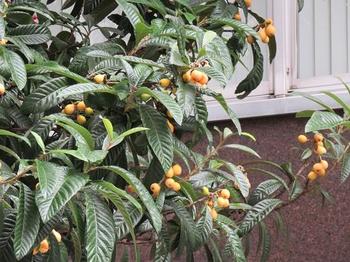
The loquat is the evergreen Takagi of the Rosaceae family. 
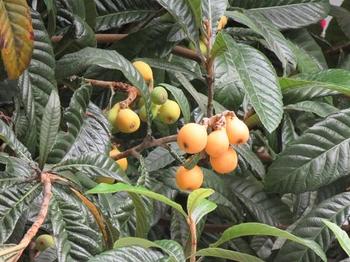
According to the knowledge of loquat, it has been used for private therapy such as crude drugs and acupuncture and moxibustion since the Nara era. The leaves are Biwayo and the seeds are herbal medicines called Biwakaku.
It is called "Large Yakuo Tree" and has been popular as a private medicinal medicine. 
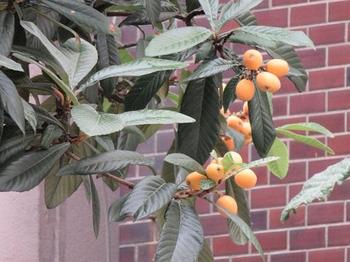
There is a saying that it is "Momoguri three years persimmon eight years", but this means that if you plant a fruit tree, you have to wait a reasonable amount of time before it becomes edible fruit, so it is appropriate to achieve anything It seems that it takes time.

The words following this "Momoguri Three Years Kaki 8 Years" include "Pear's fool is 18 years", "Yuzu is 18 years of large fools", "Apple Nico Nico 25 years", "Plum is acidic acid 13 years", and it seems that there is also "13 years of loquat". 
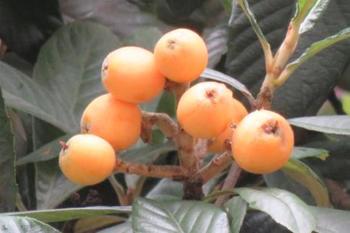
Looking at the orange loquat fruits, I feel that summer is approaching, even before entering the plum. 
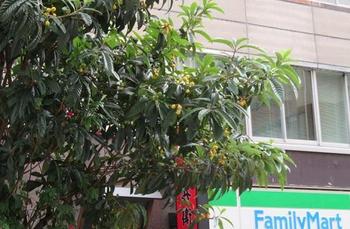
Click here for the blog post last June. ⇒
/archive/2017/06/post-4369.html
     
|
Links
|







 On May 26, the future-type fireworks entertainment "STAR ISLAND 2018" was held at Odaiba Kaihinkoen, following last year's first event.
On May 26, the future-type fireworks entertainment "STAR ISLAND 2018" was held at Odaiba Kaihinkoen, following last year's first event.














